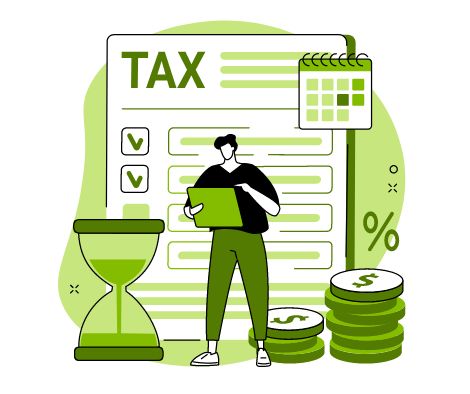Retirement plan early withdrawals: Make sure you meet the requirements to avoid a penalty
Most retirement plan distributions are subject to income tax and may be subject to an additional penalty if you take an early withdrawal. What’s considered early? In general, it’s when participants take money out of a traditional IRA or other qualified retirement plan before age 59½. Such distributions are generally taxable and may be subject to a 10% penalty tax.
Note: The additional penalty tax is 25% if you take a distribution from a SIMPLE IRA in the first two years you participate in the SIMPLE IRA plan.
Fortunately, there are several ways that the penalty tax (but not the regular income tax) can be avoided. However, the rules are complex. As the taxpayer in one new court case found, if you don’t meet the requirements, you’ll be forced to pay the penalty.
Basic rules
Some exceptions to the 10% early withdrawal penalty tax are only available to taxpayers who take early distributions from traditional IRAs, while others can only be used with qualified retirement plans such as 401(k)s.
Some examples of exceptions include:
- Paying for medical costs that exceed 7.5% of your adjusted gross income,
- Taking annuity-like annual withdrawals under IRS guidelines,
- Withdrawing money from an IRA, SEP or SIMPLE plan up to the amount of qualified higher education expenses for you, your spouse, children or grandchildren, and
- Taking withdrawals of up to $10,000 from an IRA, SEP or SIMPLE plan for qualified first-time homebuyers.
Facts of the new case
Another exception is available for the total and permanent disability of the retirement plan participant or IRA owner. In one case, a taxpayer took a retirement plan distribution of $19,365 before he reached age 59½, after losing his job as a software developer. According to the U.S. Tax Court, he had been diagnosed with diabetes, which he treated with insulin shots and other medications.
The taxpayer filed a tax return for the year of the distribution but didn’t report it as income because of his medical condition. The retirement plan administrator reported the amount as an early distribution with no known exception on Form 1099-R, which was sent to the IRS and the taxpayer.
The court ruled that the taxpayer didn’t qualify for an exception due to disability. The court noted that an individual is considered disabled if, at the time of a withdrawal, he or she is “unable to engage in any substantial gainful activity by reason of any medically determinable physical or mental impairment which can be expected to result in death or to be of long-continued and indefinite duration.”
In this case, the taxpayer was previously diagnosed with diabetes, but he had been able work up until the year at issue. Therefore, the federal income tax deficiency of $4,899 was upheld. (TC Memo 2023–9)
Lessons learned
As the taxpayer in this case discovered, taking early distributions is one area where guidance is important. We can help you determine if you’re eligible for any exception to the 10% early withdrawal penalty tax.
© 2023





